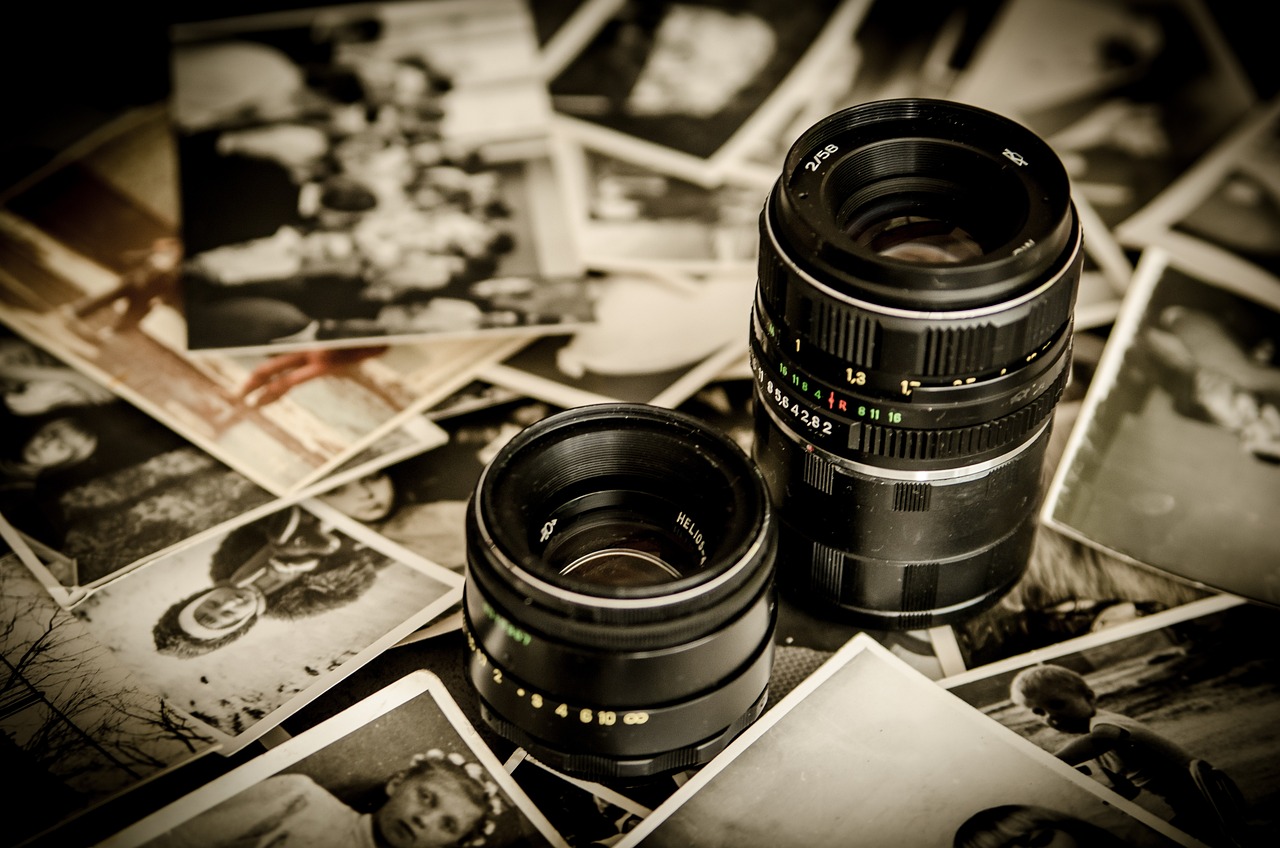 AI
AI
 AI
AI
 AI
AI
Getty Images Holdings Inc., an American visual content marketplace for video and images, today announced at the CES 2024 consumer electronics show the release of Generative AI by iStock, a tool that will allow creators to safely create commercially safe content based on licensed images.
The new tool uses generative artificial intelligence, which can take text descriptions from users and create vivid visuals, that has been trained on Getty’s vast library of commercially licensed images. As a result, anything generated by the AI tool comes with legal protection and usage rights for content creators.
Under the hood, the AI is powered by Nvidia Picasso, an advanced cloud service provided by Nvidia Corp. that offers text-to-image capabilities similar to popular AI models such as OpenAI’s DALL-E. By training it on Getty Images’ library of photos, illustrations and videos, it can create an extensive number of creative visuals based on user prompts.
Available on the iStock website, users can ask the new tool to create just about anything with a fanciful prompt such as, “A cat wearing a scuba mask diving in the great barrier reef,” or something more prosaic such as, “A woman wearing a black coat standing on a street corner in New York holding a white umbrella.” Images created with the tool are photo-quality and up to 4K in resolution.
Advanced editing capabilities for images are also coming soon to developers through application programming interfaces that will allow them to integrate them with their creative apps. These editing features include inpainting and outpainting.
The inpainting feature permits users to mask out a portion of an image, and then use a text prompt to fill that area will what the user describes. For example, a user could have an image of a rainforest and then select a circle on a branch and ask the AI, “Add a small golden bird,” and the model would render a small bird with golden feathers within that selected area.
Outpainting allows users to expand the edges of an image and then have the AI generate new content for the new area based on the original image. Using this feature, users can quickly enlarge their images vertically and horizontally while maintaining the same look that they had before. For example, an image of a car that had been cut off by a photo could be expanded to one side and the AI model could fill in the missing portions.
Getty Images said a “replace” feature is coming soon that will behave similarly to inpainting that will allow users to replace specific elements such as people and objects within the masked region.
Shutterstock Inc., a competing image library, similarly launched a generative AI image generation tool in partnership with OpenAI using the DALL-E 2 AI model in October. The image library also offered images from its library to train DALL-E’s machine learning models and now integrates the generative tools directly into its platform.
Support our mission to keep content open and free by engaging with theCUBE community. Join theCUBE’s Alumni Trust Network, where technology leaders connect, share intelligence and create opportunities.
Founded by tech visionaries John Furrier and Dave Vellante, SiliconANGLE Media has built a dynamic ecosystem of industry-leading digital media brands that reach 15+ million elite tech professionals. Our new proprietary theCUBE AI Video Cloud is breaking ground in audience interaction, leveraging theCUBEai.com neural network to help technology companies make data-driven decisions and stay at the forefront of industry conversations.